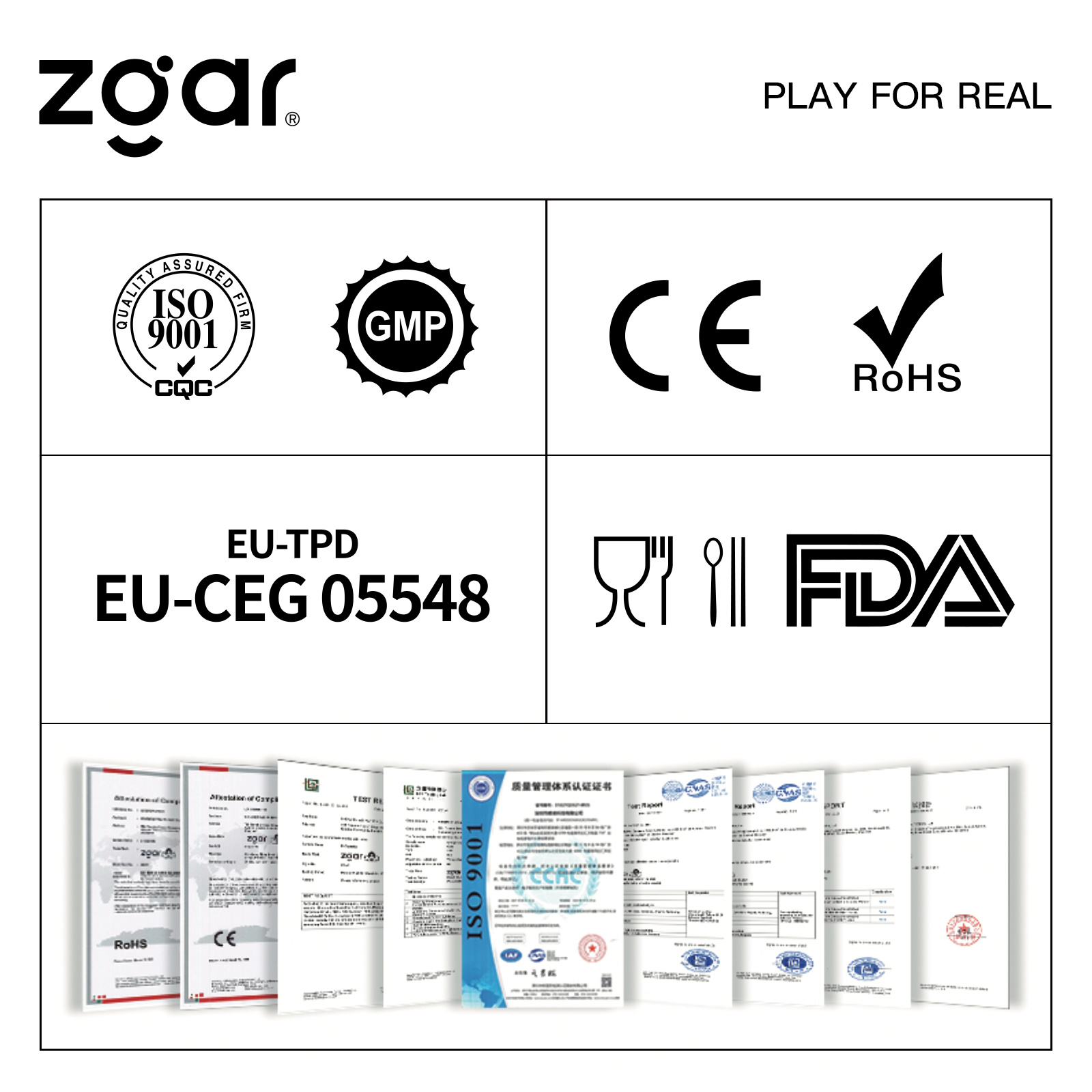Faced with the tremendous investment opportunities brought about by the Internet of Things, local governments have already begun to scramble for "cakes." On the same day, Chengdu signed 20 Internet of Things projects with a total investment of 7.1 billion yuan. According to Chengdu's calculation, the initial total output value of these projects after completion of the project is estimated to reach 5.9 billion yuan, the annual tax revenue will be approximately 450 million yuan, the investment intensity will exceed 6 million yuan/mu, and the tax revenue will exceed 400,000 yuan/mu.
“Mainly involves the two major aspects of the Internet of Things perception technology and cloud computing.†Li Changhong, deputy director of Chengdu City Economic and Information Commission, revealed to reporters. For example, Ayaff (Hong Kong) Co., Ltd. is planning to invest 1.8 billion yuan for the radio frequency integrated circuit and intelligent network technology industry projects; Inspur Group intends to invest 1 billion yuan in the Tianfu Cloud Computing Center project.
In addition, Taiwan Weibao Technology also aimed at the chip design and development, antenna and reader design and production, electronic label packaging OEM, UHF packaging equipment manufacturing, ready to invest 600 million yuan.
Chengdu Shuangliu related sources told reporters that these projects can, to a considerable extent, strengthen weak links in sensors, chips, and intelligent information processing software in the industry chain of the Internet of Things.
In fact, as early as last year, Chengdu began to engage in the Internet of Things. Chengdu Shuangliu introduced seven IoT projects at the time, totaling 11.63 billion yuan in investment. This reporter learned that nearly half of the projects have already started construction. In the first half of this year, Chengdu Shuangliu has signed seven new contracts, and the agreement has invested 1.168 billion yuan.
Not only Chengdu, but since 2010, the Yangtze River Delta, the Bohai Rim and the Pearl River Delta, and Chongqing City in the west have all competed for Internet of Things projects. For the enthusiasm of the localities, Ye Tianchun, director of the Institute of Microelectronics of the Chinese Academy of Sciences, also felt the heat in the early winter. Before coming to Chengdu, he also went non-stop to Shenzhen to participate in the discussion of the Internet of Things industry.
Qiu Shanqin is a good reminder that “28 provinces and cities across the country have taken the Internet of Things as an important part of local strategic emerging industries and have issued plans for the development of the Internet of Things industry. The key is to respect the law of industry development, combine their respective advantages, and avoid redundant construction. And other issues."
Li Changhong said that the Internet of Things is a big industry, and all localities have the opportunity to strive for development opportunities. For Chengdu, due to its good foundation in electronic component manufacturing and information product production, as well as embedded software, middleware software, and integrated circuit design, the focus will be on both ends of the entire IoT industry chain. Technologies, including core chips, identification and location tracking, sensors, sensor networks, and IoT service formats, including cloud computing services, application and operational services, and converged services.
The long-term goal of Chengdu is to form an industrial cluster for the perception of the Internet of Things and a cluster of Internet of Things services. In 2015, the industry scale of the Internet of Things will reach 50 billion yuan, and the number of Internet of Things companies will reach 200.
"In addition to the construction of the industrial chain, market innovation and business model innovation will also be issues that need to be solved in the development of the Internet of Things everywhere." Ye Tianchun said that without mastering the core technologies, it is not necessary to embrace them and breakthroughs must be made.
At present, the application of the Internet of Things is based on government-led projects. Chengdu has begun to demonstrate the application of Internet of Things in six major areas such as food, transportation, urban management, and security supervision. For example, in the field of food safety, the traceability coverage of live pigs will be expanded, and traceability systems for meat dishes will be established according to national standards.
“Applications in the field of food safety are relatively mature.†Li Changhong said that at the same time, the application of the Internet of Things often involves multi-sector management and segmented management. In order to proceed smoothly, local governments must have strong promotion.
ZGAR TWISTER Disposable
ZGAR electronic cigarette uses high-tech R&D, food grade disposable pod device and high-quality raw material. All package designs are Original IP. Our designer team is from Hong Kong. We have very high requirements for product quality, flavors taste and packaging design. The E-liquid is imported, materials are food grade, and assembly plant is medical-grade dust-free workshops.
Our products include disposable e-cigarettes, rechargeable e-cigarettes, rechargreable disposable vape pen, and various of flavors of cigarette cartridges. From 600puffs to 5000puffs, ZGAR bar Disposable offer high-tech R&D, E-cigarette improves battery capacity, We offer various of flavors and support customization. And printing designs can be customized. We have our own professional team and competitive quotations for any OEM or ODM works.
We supply OEM rechargeable disposable vape pen,OEM disposable electronic cigarette,ODM disposable vape pen,ODM disposable electronic cigarette,OEM/ODM vape pen e-cigarette,OEM/ODM atomizer device.


ZGAR TWISTER Vape,ZGAR TWISTER Vape disposable electronic cigarette,ZGAR TWISTER Vape pen atomizer ,ZGAR TWISTER Vape E-cig,TWISTER Vape disposable electronic cigarette
Zgar International (M) SDN BHD , https://www.zgarvape.com